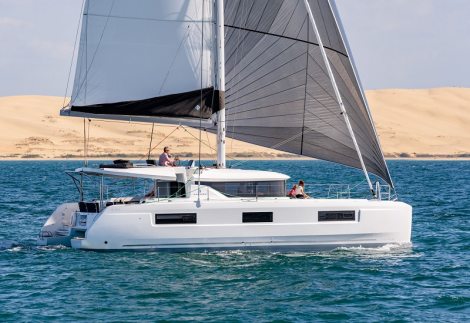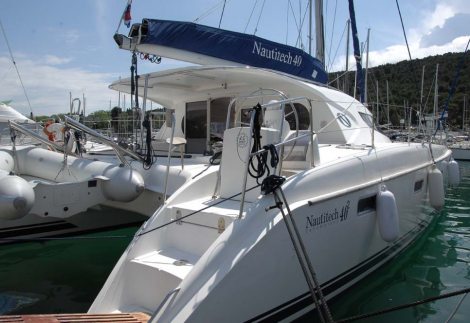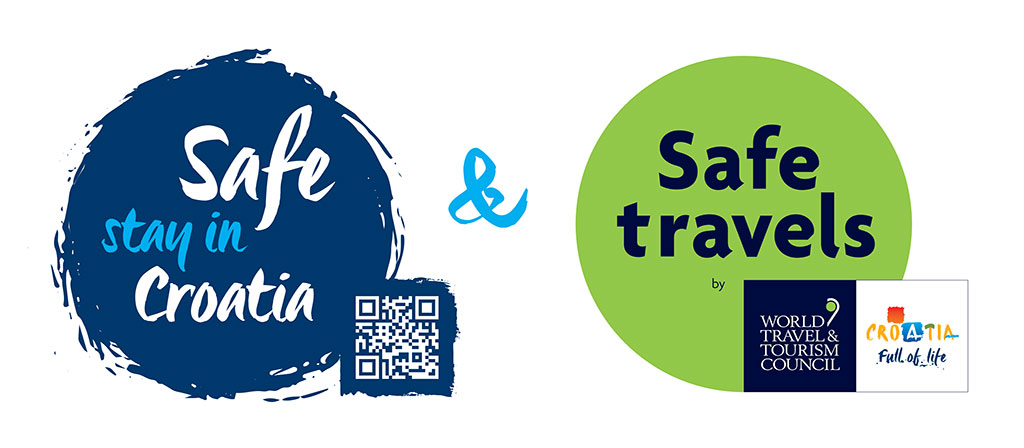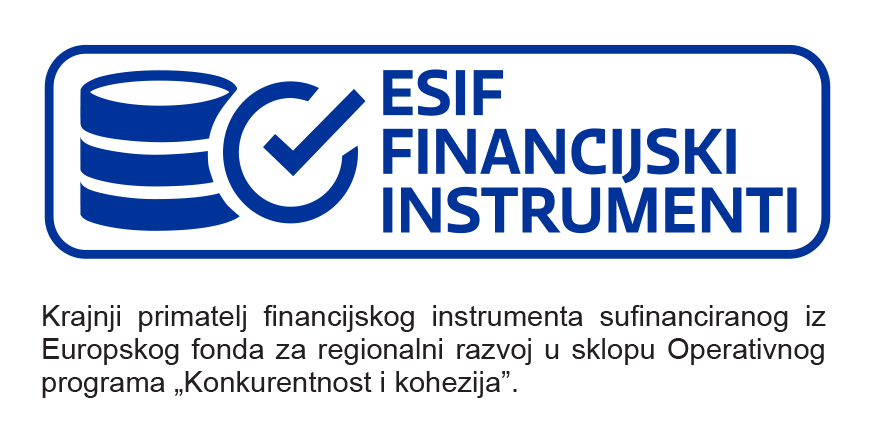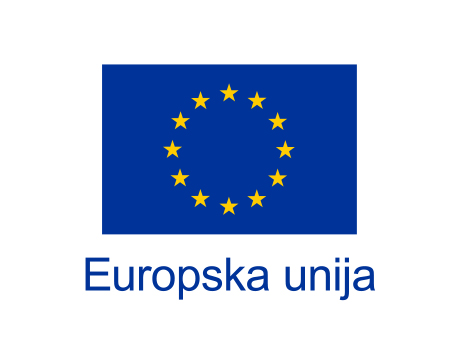General info
Istria region is located on the very west part of Croatia and includes a large part of the biggest peninsula on the Adriatic coast which takes up an area of about 2.900 km2. This triangular region is unique and spectacular - has large coastline rich in beautiful bays and lagoons with plenty of small coastal towns with attractive tourist offer. Istria’s coastline is 445 km long, and with islands it makes up to almost 540 km. Istria is easily reachable by car since it has rather good roads and bus connections with other parts of Croatia. Also, regular ferry lines connect Istria with the rest of Croatia and with Italy, especially during the summer months. Smaller villages are easy to find and to reach due to the good traffic connection within the region.
International airport Pula is the only airport in Istria but during tourist season, it is very well connected with the rest of the world. Many visitors come to Istria flying to one of the nearby Italian airports (Trieste is the closest but Venice is also reasonably near). Of course, there are also airports in Rijeka and Zagreb.
Istria is famous for its lovely hilltop medieval towns, fertile fields amid rocky karst, foggy valleys and green woods, vineyards and olive groves on hillsides, mountains, crystal clear sea and exceptional gastronomic offer. The inner areas of the Istrian peninsula are referred to as Green Istria. The so called ‘’white Istria” is a name for areas around the mountain peaks, while “red Istria“ got its name after “terra rossa” or “crljenica”, type of the soil prevailing near the coast, which is mostly used for cultivation of grapes, vine, olives and figs. Mediterranean climate with mild winters and warm summer days changes as you move towards the Istrian hinterland thus making it more favorable for outdoor activities.
Istrian cuisine is mostly based on fresh local products and tradition. Namely, secrets of Istrian cuisine have been passed from mothers to daughters for generations and thanks to those valuable advices it became Istrian cuisine as we know it nowadays - harmonious yet versatile traditional cuisine with a touch of modern.
This region is leading tourist region in Croatia thanks to its vicinity to the rest of Europe and rich tourist offer. Tourists will enjoy their stay in numerous hotels, resorts and camps but one of the most popular accommodation types is rental of luxury villas and holiday homes. While staying in a villa, we highly recommend trips and excursions to one of the following destinations: Rovinj and church of St. Euphemia, Lim Bay and its Romuald's Cave, beautiful town of Pula and its numerous monuments (Amphitheater, Golden Gate, Forum, Flavia street etc.), town of Labin, town of Porec and its monuments (Euphrasian Basilica, old town, Pentagonal Tower, Marafor Square, Great Temple), Vrsar (abandoned stone quarries) and Rabac among many others. This region is also rich in natural attractions such as Nature Park Ucka (mountain massif), special reserves Motovun Forest and Kontija Forest, geomorphological sites such as Podbaredine Cave. Besides all these amazing sites, National Park Brijuni islands have to be on your must-see list. It is a group of 14 small islands famous for their scenic beauty and for over than 600 indigenous plant species. What you should not miss is visiting the Safari park with autochthonous animal species such as Istrian ox, Istrian sheep, donkeys and goats. Also, over 200 dinosaur footprints have been discovered in 4 sites as well as remains of Roman villas and Byzantine palace. In case you don't like spending the whole holiday in the same place, you can always consider chartering a boat, sail along beautiful coast and enjoy regattas or swimming in some of the beautiful beaches in Istria - Stella Maris near Umag, Bellevue near Porec, Belvedere near Vrsar, Barbariga near Vodnjan or Maslinica near Rabac.

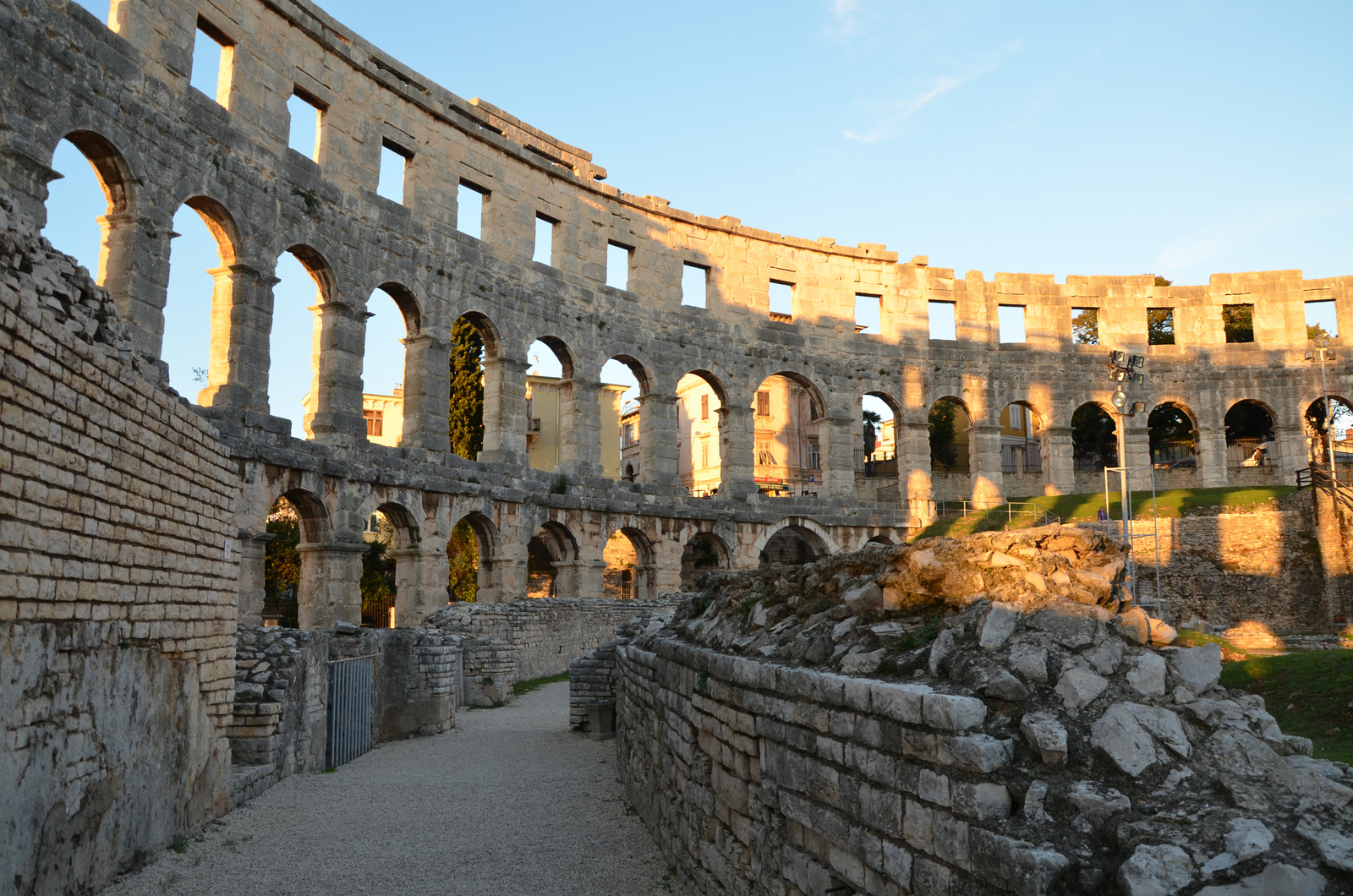
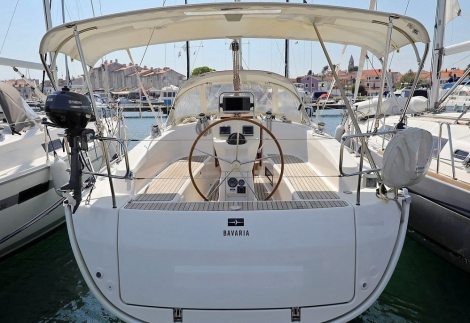





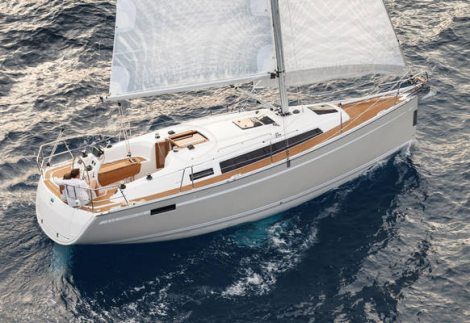

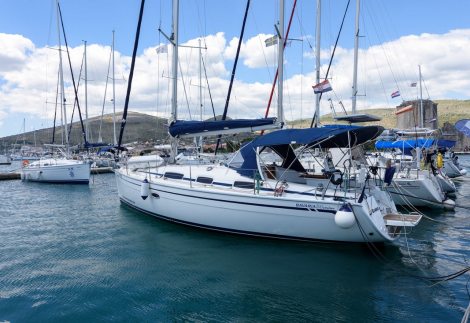
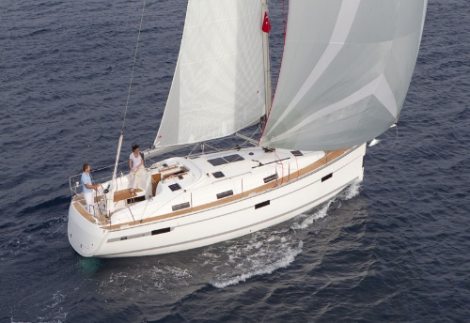


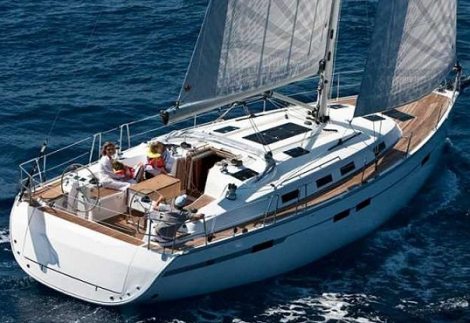


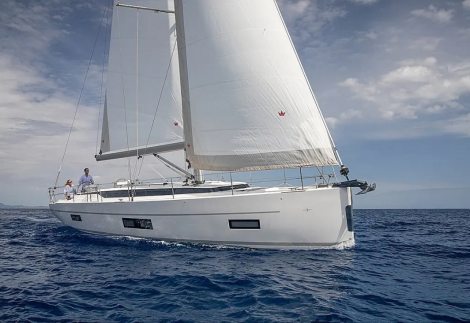
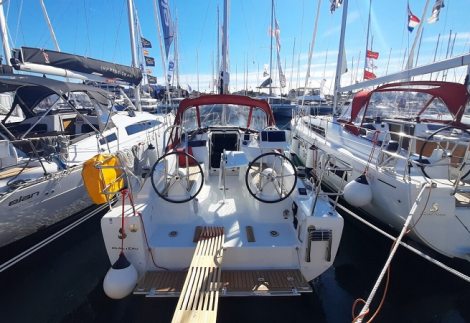
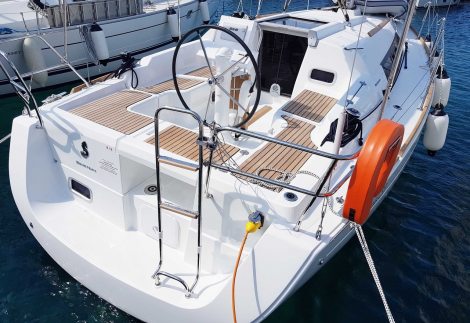
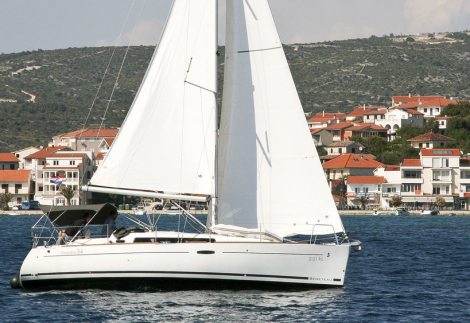
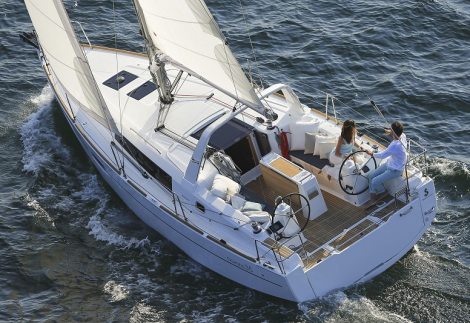
.JPG.1024x1024_q92.jpg&w=470&h=323&zc=1)

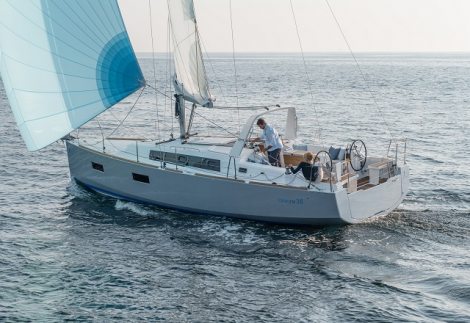


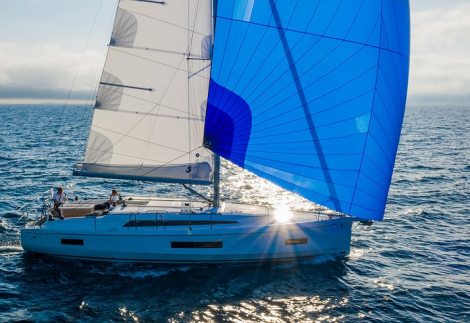
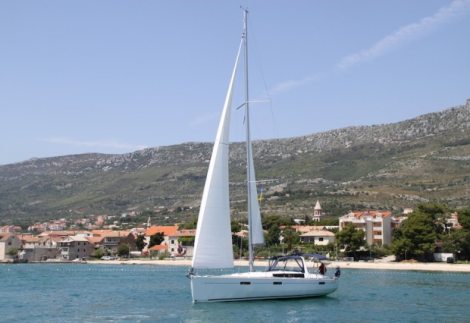
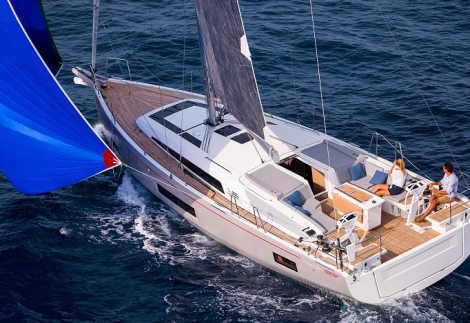
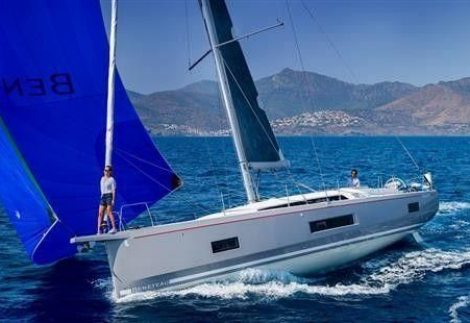
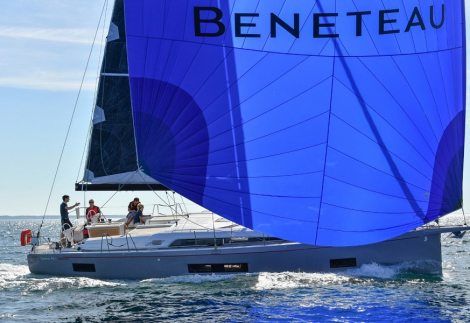
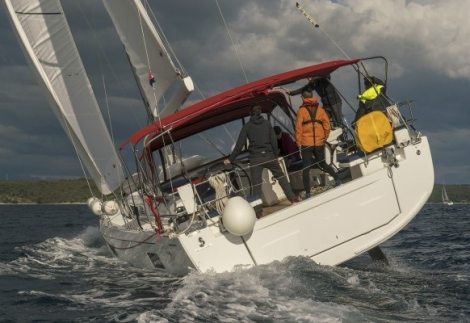
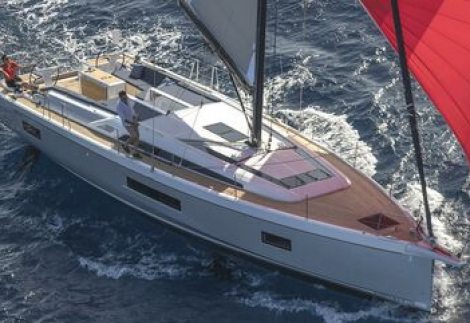
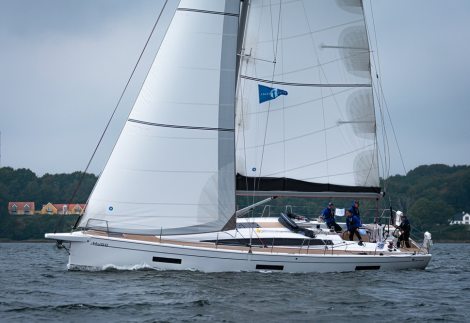
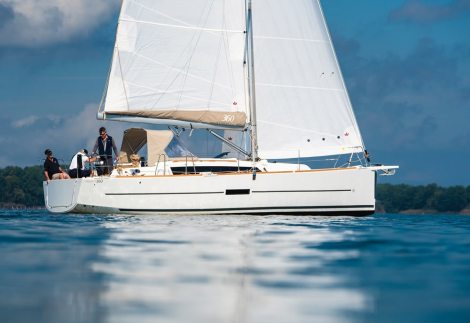
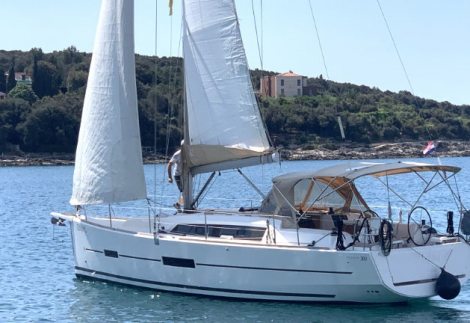
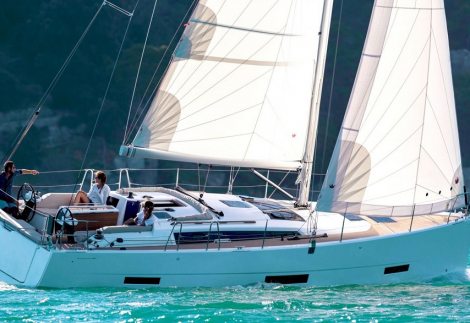
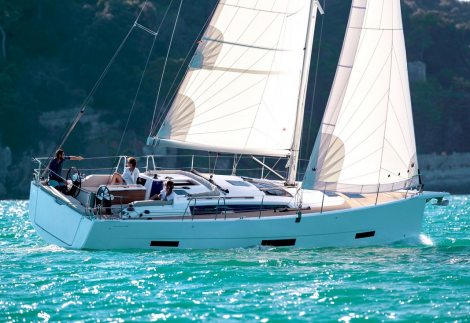
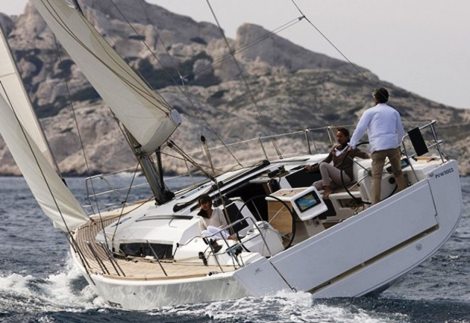
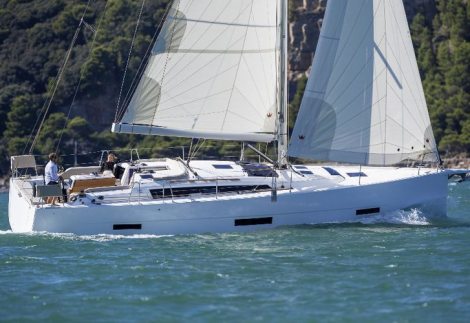
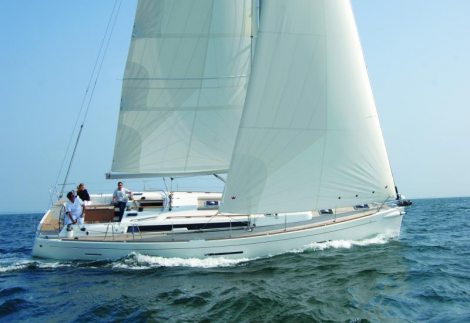
.jpg.1024x1024_q92.jpg&w=470&h=323&zc=1)
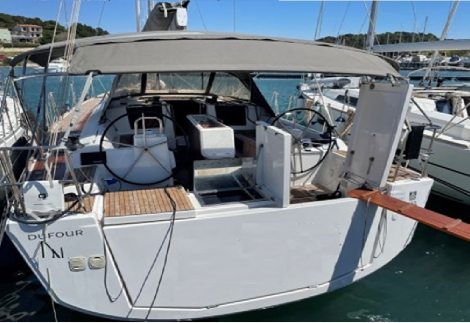
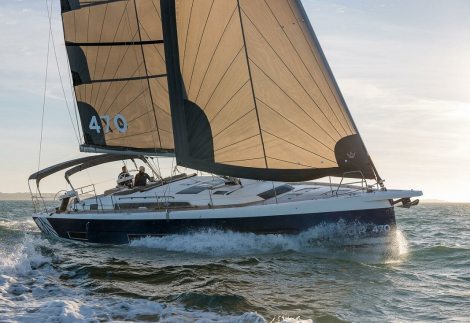
.JPG.1024x1024_q92.jpg&w=470&h=323&zc=1)

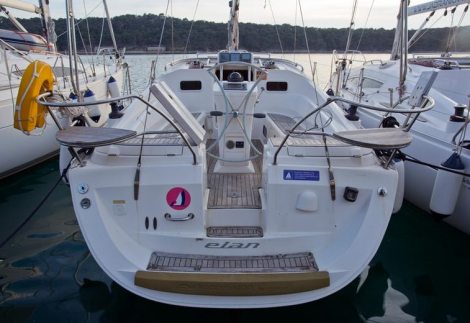
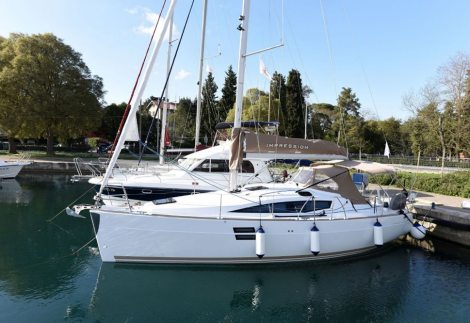
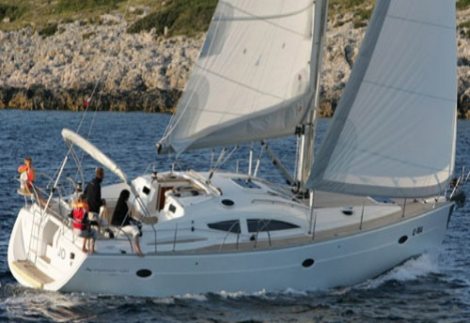
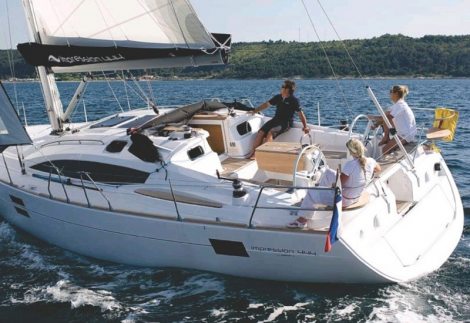
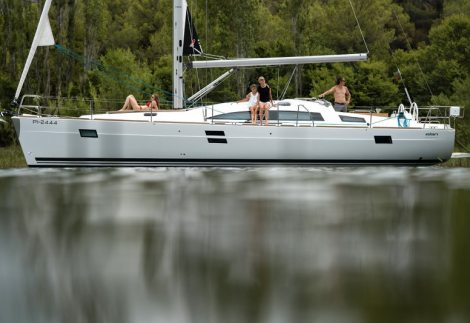
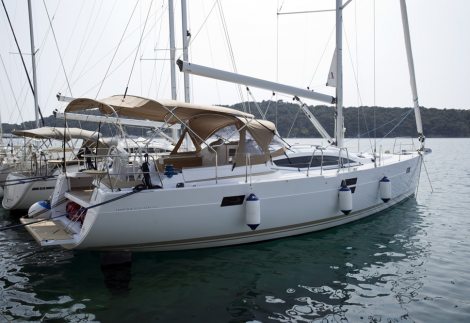
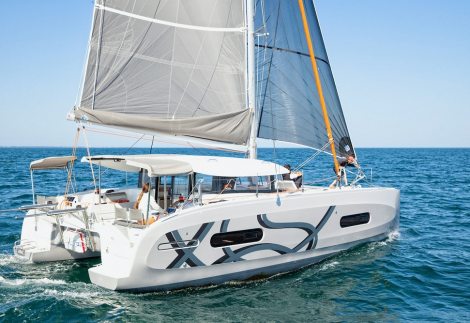
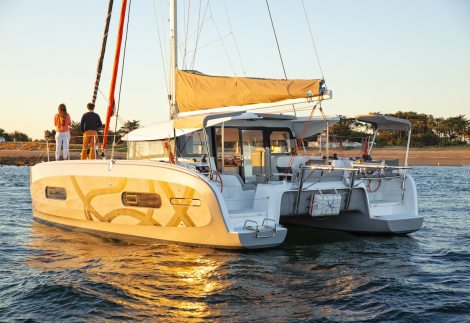


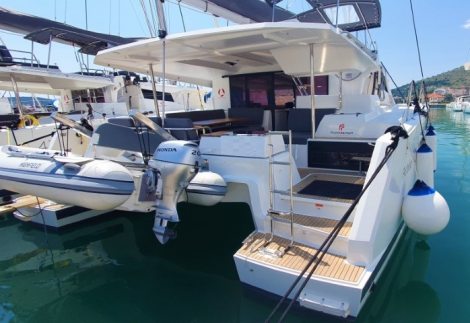
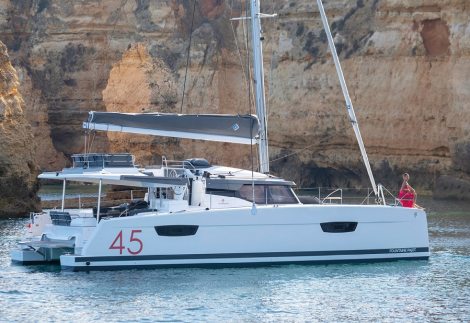
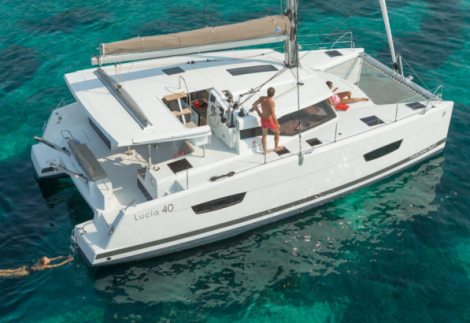
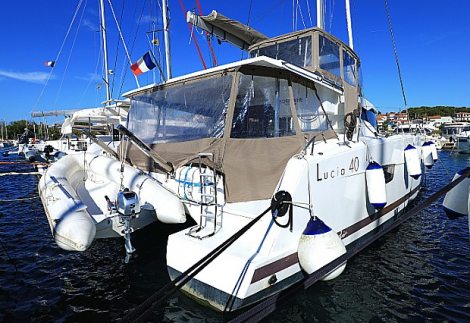
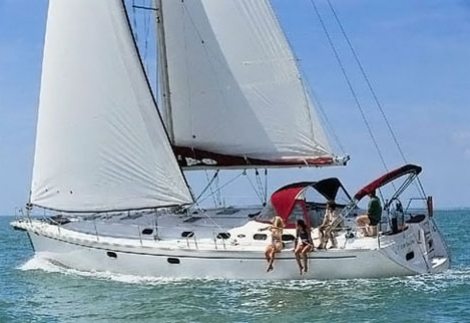
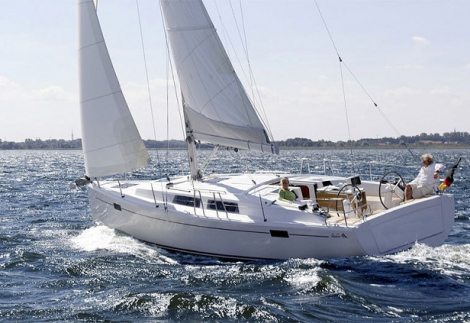

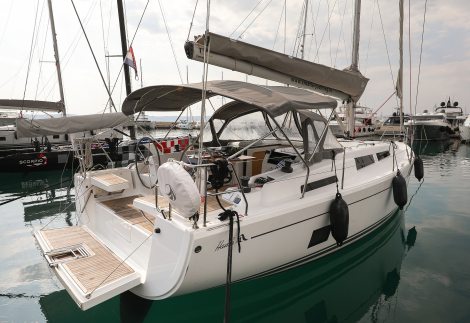
.jpg.1024x1024_q92.jpg&w=470&h=323&zc=1)
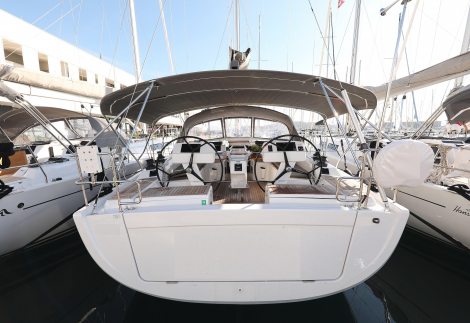
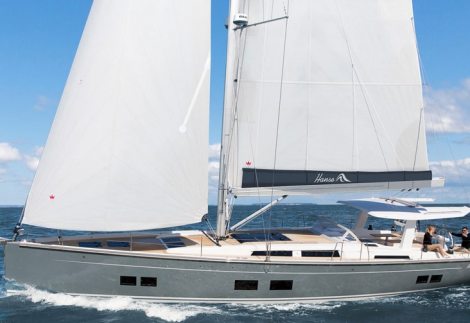
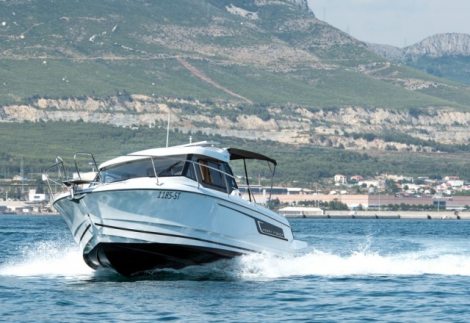
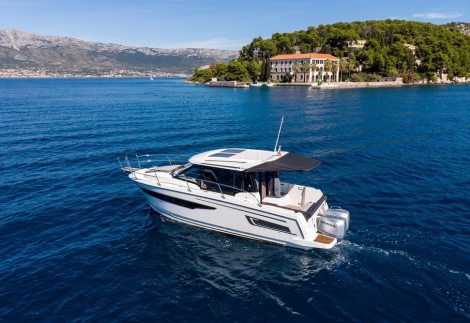
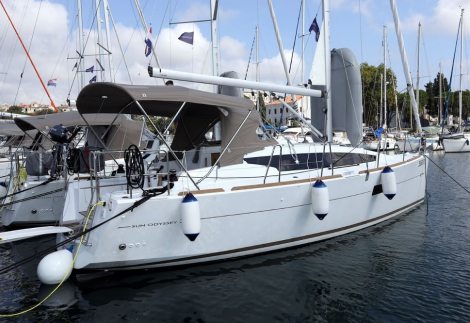
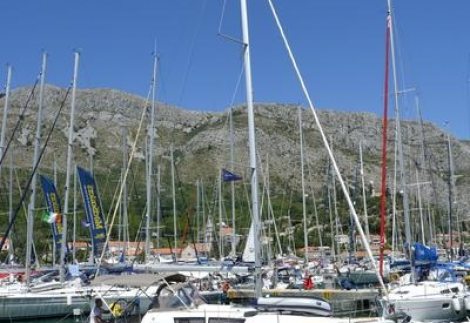
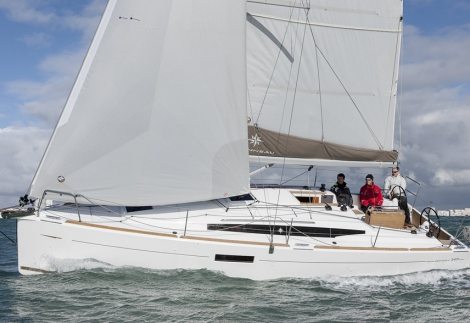
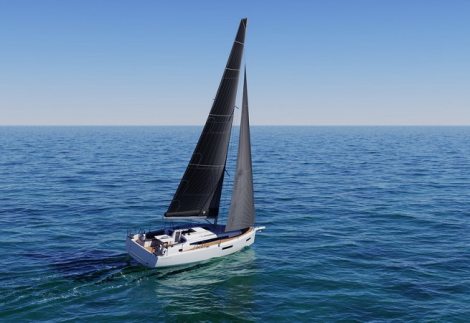

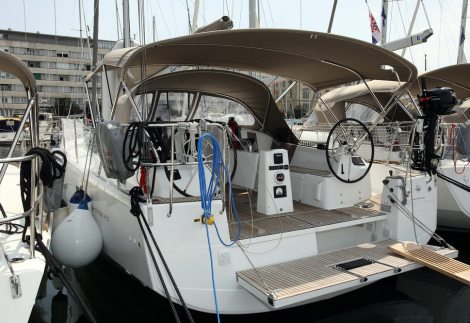
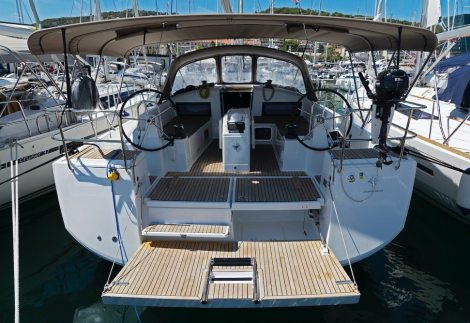
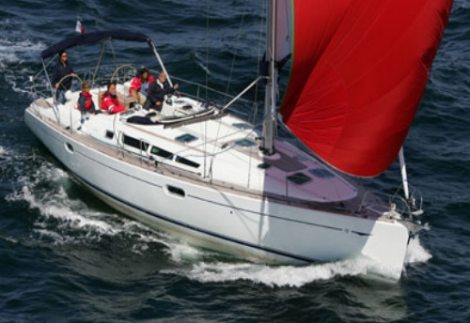


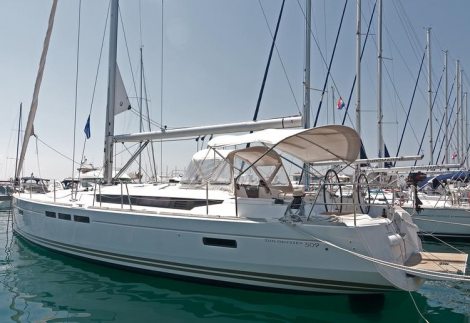
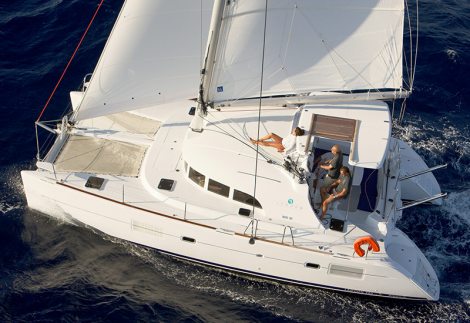
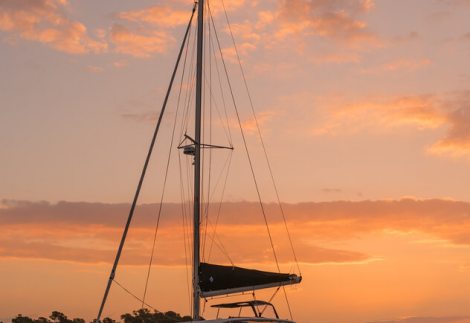
.jpg&w=470&h=323&zc=1)

